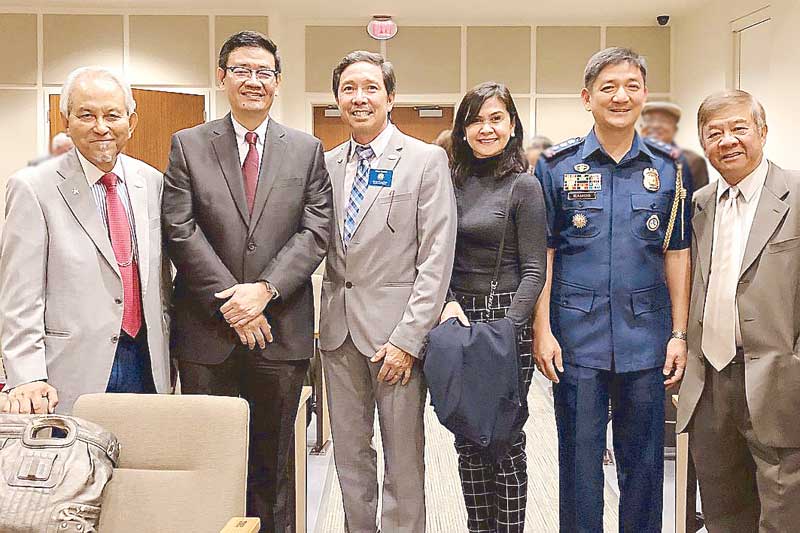Remembering MacArthur’s return
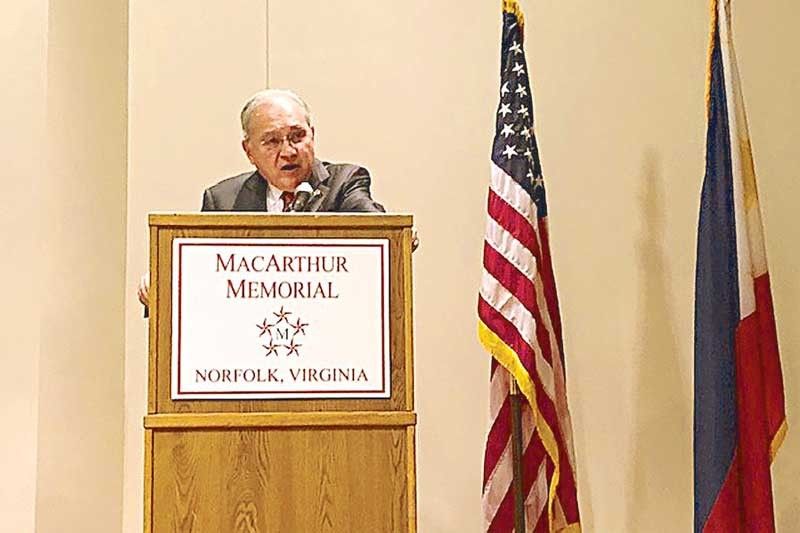
On Oct. 20, 1944, Gen. Douglas MacArthur made a historic landing on the shores of Palo, Leyte — fulfilling a promise he made: “I shall return.”
That day turned the tide during World War II, ultimately leading to the liberation of the Philippines from Japanese forces.
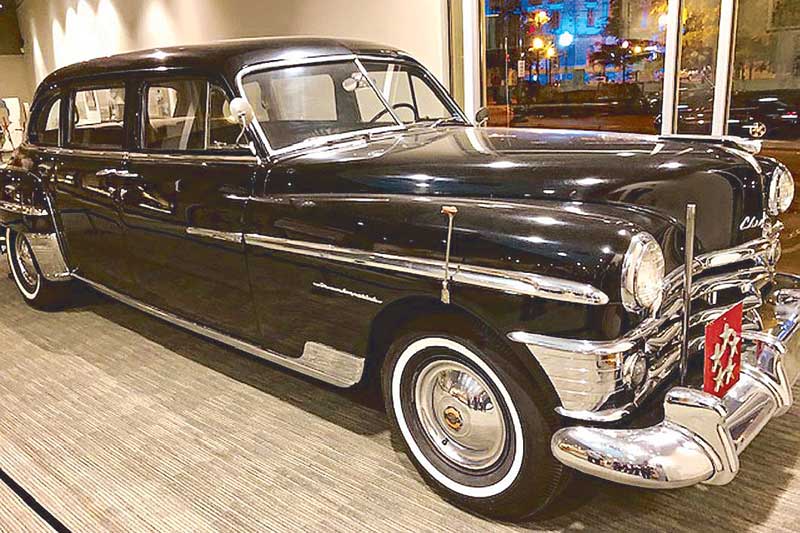
The 1950 Chrysler Crown Imperial limousine that served as General MacArthur’s personal staff car.
I was pleased to deliver the key remarks during the 74th anniversary of MacArthur’s return to the Philippines during the memorial event organized by the Southeastern Virginia Filipino-American Lions Club headed by Zenaida “Hi-Lo” Donato Laxa.
The MacArthur Memorial Visitors Center in Norfolk, Virginia was the fitting venue for the event — the hometown of MacArthur’s mother Mary Pinkney Hardy. Coincidentally, October is also widely celebrated in the United States as Filipino American History Month.
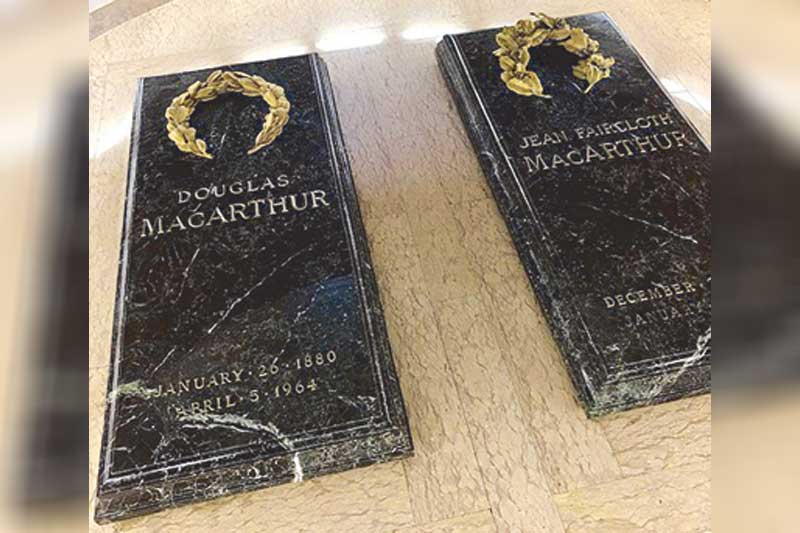
The final resting place of General MacArthur and his wife Jean Faircloth.
Joining us was Virginia Third District Congressman Bobby Scott — who has the distinction of being the first American of Filipino descent to serve in the US Congress — as well as Philippine Embassy Deputy Chief of Mission Patrick Chuasoto, Philippine National Police Attaché Col. Sotero Ramos Jr., MacArthur Memorial director Christopher Kolakowski, Dr. Juan Montero who is a director at the General Douglas MacArthur Foundation, and other prominent members of the Filipino-American community of Norfolk.
I remember as a young teenager, the year 1961, when I had the rare chance to see the famous American hero in person during his last visit to the Philippines. Dubbed as the “American Caesar,” MacArthur was with then President Carlos Garcia riding in an open car that was traversing Taft Avenue in Manila.
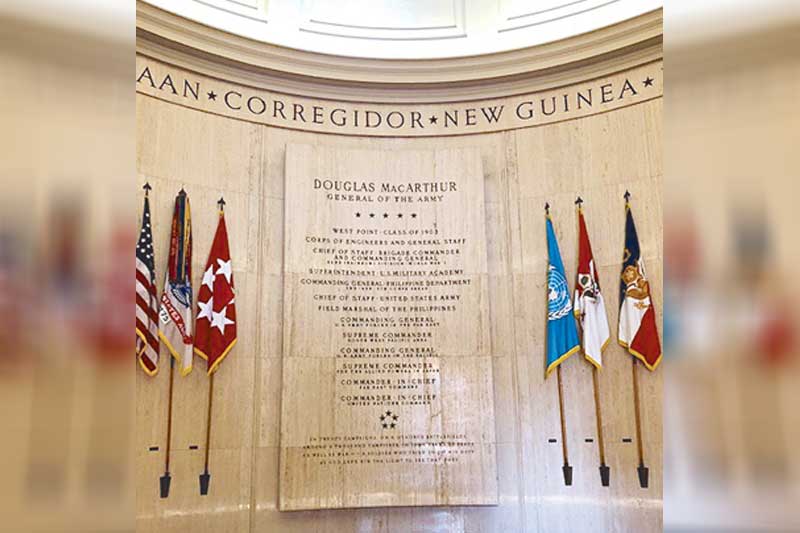
The rotunda with flags and banners of MacArthur’s various commands. The walls bear inscriptions of the battles he fought in.
MacArthur’s personal staff car as Supreme Commander of the Allied Powers was a 1950 Chrysler Crown Imperial that was considered the “ultimate luxury” car during that time. The general’s limousine — now the biggest artifact featured at the MacArthur Memorial — had power windows, a power-operated glass partition, and was equipped with disc brakes, which were considered revolutionary then in terms of automobile safety technology.
As I told the audience, General MacArthur’s fulfillment of his promise to return has left an indelible mark not only in the hearts and minds of those who suffered during World War II, but also the succeeding generations of Filipinos. This connection established 74 years ago has greatly contributed to the strong foundation of the alliance and friendship between the Philippines and the United States that endures to this very day.
